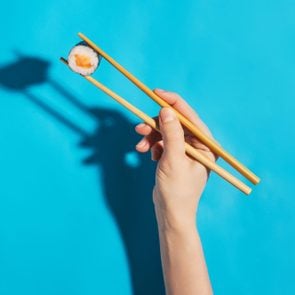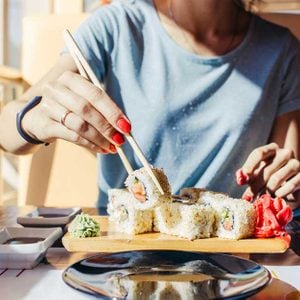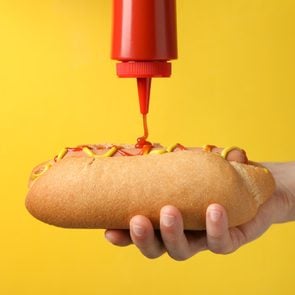The Interesting—and Delicious—History of Ramen
Updated: Aug. 15, 2023
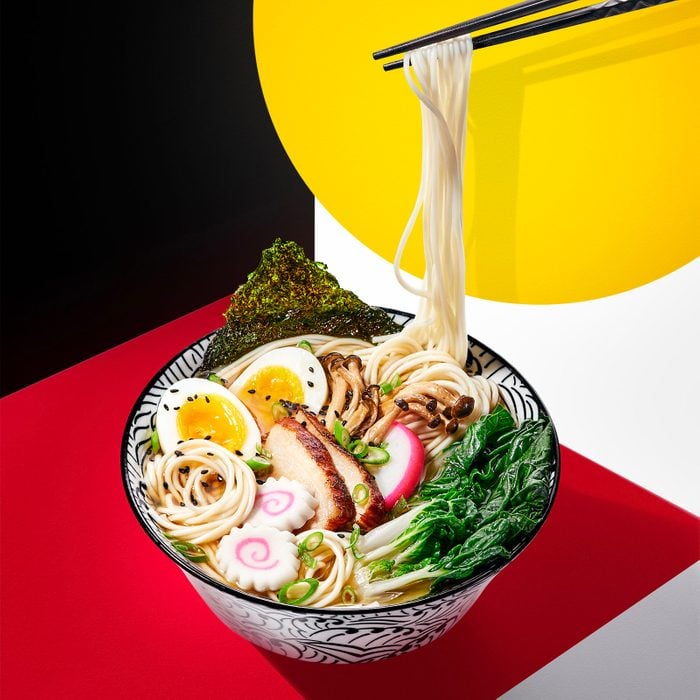
Ever wondered where your Cup Noodles came from?
You may think of ramen as college-kid cuisine, but dressier versions of this noodles-and-broth dish, with toppings such as roast pork, fish cakes, bamboo shoots and poached eggs, blow the instant kind out of its bowl. Over the last few years in the United States, gourmet ramen restaurant options have jumped more than 30%, so you can likely enjoy this Asian sensation close to home.
Chinese immigrants first brought the wheat noodle recipe to Japan, according to historian and ramen expert George Solt. In his book, The Untold History of Ramen, he tells of a scholar from China during the 17th century who instructed the Japanese feudal lord he worked for to add pork and vegetables to his noodle soup.
By 1910, the first ramen restaurant in Japan, Rai Rai Ken, was serving the dish to Tokyo diners. It was called shina soba in Japanese (shina is an archaic Japanese word for “China,” while soba are thin buckwheat noodles). But the Japanese pronunciation of lamian, the Chinese word for the soft wheat noodles, evolved into today’s “ramen.”
World War II interrupted the dish’s popularity, as food shortages led the Japanese government to ban “luxury foods,” including ramen. In 1945, as the seven-year Allied occupation of Japan began, the worst rice harvest in decades caused widespread hunger. Fearing that food shortages might alienate the population and lead them to gravitate toward communism, the U.S. occupiers began to import American wheat into Japan. The renewed availability of wheat noodles refueled the demand for ramen, which became a street food as stalls popped up to sell the tasty and affordable dish to the hungry population.
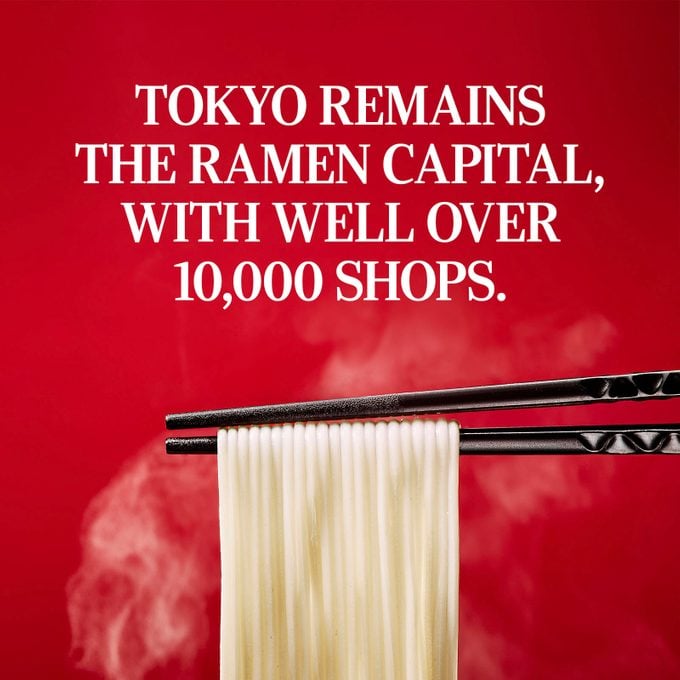
In 1958, a Taiwanese businessman named Momofuku Ando created a dehydrated version of ramen that only required the addition of boiling water. In the 1970s, it came to the U.S. in Styrofoam cups under the name Cup O’Noodles. (In 1993, the company dropped the O’, so now the official name is Cup Noodles.) The Americanized version had shorter noodles that could be eaten more easily with a spoon, as opposed to the traditional chopsticks.
Today there are two museums in Japan dedicated to Ando’s creation, and his name inspired Korean American celebrity chef David Chang’s Momofuku Noodle Bar in Manhattan. Chang’s restaurant, an early seller of gourmet ramen, helped change the perception of the dish from a cheap, prepackaged pantry staple to a complex and indulgent treat.
Hungry visitors to ramen shops can typically choose from four broths: shoyu (which is soy sauce based), miso (made with fermented soybean paste), shio (or “salt,” often with a chicken or fish base) or tonkotsu (rich and fatty, made from pork). The salty broth is what gives ramen its mouthwatering umami, a pleasant savory taste.
Tokyo remains the ramen capital of the world, with well over 10,000 ramen shops. Among them: Ichiran, with locations not only in Japan but also in Hong Kong, Taiwan and New York City.
Whether you choose shio or shoyu, instant or gourmet, itadakimasu—bon appetit!
